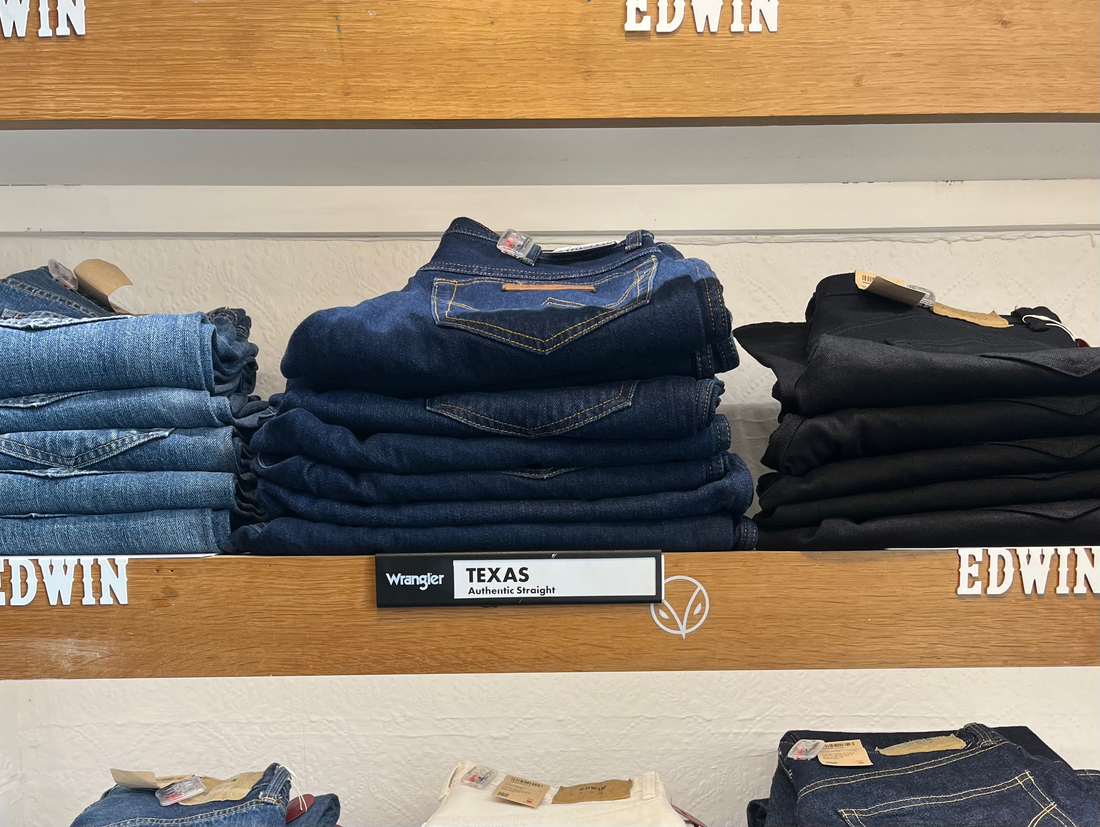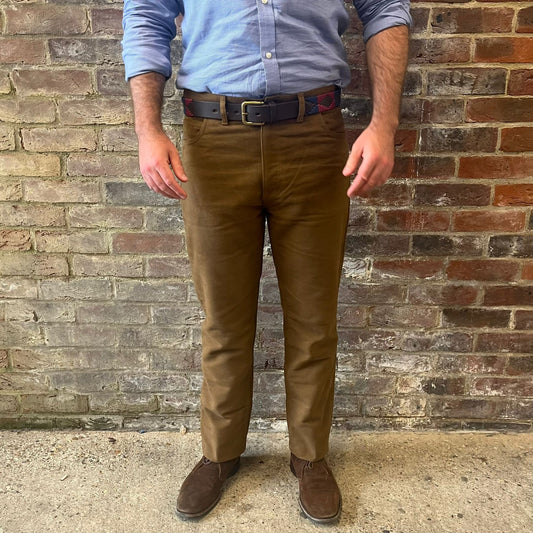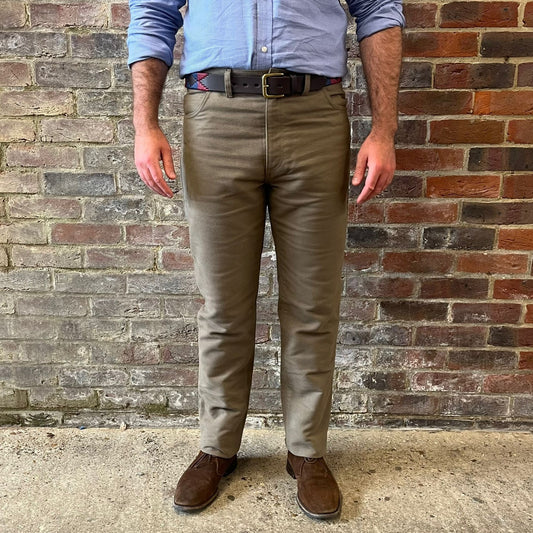
Let's Talk Denim
RegentTailoring AdminShare
A Brief History
Denim has a long and ubiquitous history, however most of us know very little about its origins. Synonymous with cowboys and the USA, thanks to brands like Levi Strauss and Wrangler, the term “denim” is actually derived from the French “Serge de Nimes", meaning (a sturdy fabric from Nimes). Denim as we know it today, was in fact created in France way back in the 17th century. A German scientist, Adolf von Baeyer created the synthesis of natural indigo, thus paving the way for the mass production of synthetic indigo dye in 1897. Synthetic indigo, compared with natural indigo, was cheap to produce, and had a permanence and durability of colour that outlasted the natural dyes.
Levis Strauss was a German immigrant who moved to America during the ‘gold rush’. His family had a dry goods business selling many products, one of which was a sturdy imported cotton fabric called denim. A tailor called Jacob W. Davis was commissioned by a mining company to produce trousers using Strauss’s denim, as their strength and durability were perfect for the miners. The two businessmen became partners, and the company Levi Strauss and Co. produced their first pair of jeans in the 1890s, utilisng their now famous patented metal rivets.

Images Wrangler Australia.

Denim at Regent
At Regent we have over twenty years of experience working with denim brands. We have a variety of fits, washes, and styles to suit every taste and budget. Edwin have been a staple brand at Regent for well over a decade and we continue to stock them for their quality, fit, and heritage. We have stocked Wrangler since the very early days of our business, producing one of the most affordable and quality jeans on the market; the Texas Darkstone. Lee is a recent brand addition to the top floor, offering high-quality 13.5oz and above raw and unwashed styles in a straight and slim fit. The Lee 101 range is a particular favourite of the staff here at Regent.
What can be confusing and often overwhelming is some of the 'denim specific' language bandied about. I mean, they're just jeans, right? Hopefully these brief descriptions will help explain some of this terminology and help you tell your raw from your selvedge!
Raw– Raw denim (sometimes called 'dry denim') is the name given to denim which hasn't yet been put through a washing process. Raw denim has no fading and is usually dark indigo in colour, it also has a tendency to feel stiff when first put on.
Selvedge – Selvedge/Selvage denim refers to denim woven on a traditional 'shuttle loom' ; these looms finisthe fabric along each edge to stop it unraveling, which is where the name is derived from, (Self edge – selvedge).

Fading – When the cotton threads used to weave denim are dyed, the dye only permeates the outer layers of the threads. What this gives rise to is a natural fading at points of stress or strain (for example, a wallet in your back pocket). The layers of indigo are literally rubbed away to expose the white core of each thread underneath.
Washes – Similar to fading, the more you wash your jeans, the lighter in colour they will become, this is again due to the indigo dye being washed out. In the 1970's Japanese brand Edwin were the first company in the world to produce a “pre-washed” jean, calling it the 'old wash', which was designed to replicate 'worn in' denim.

Images Wrangler Australia.




